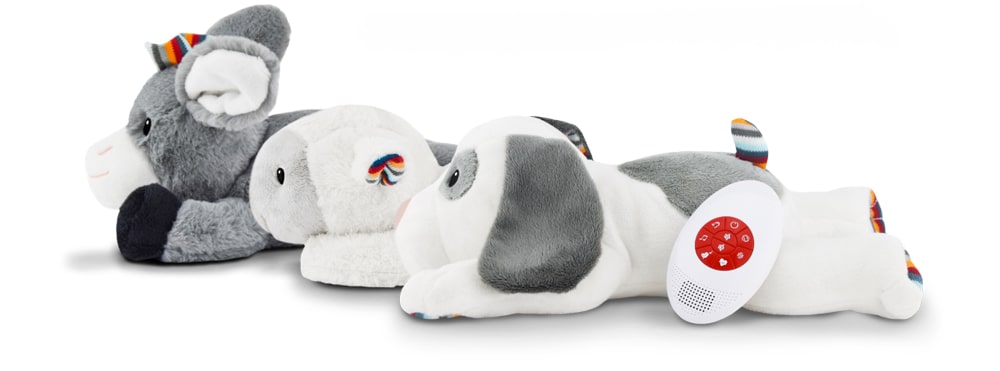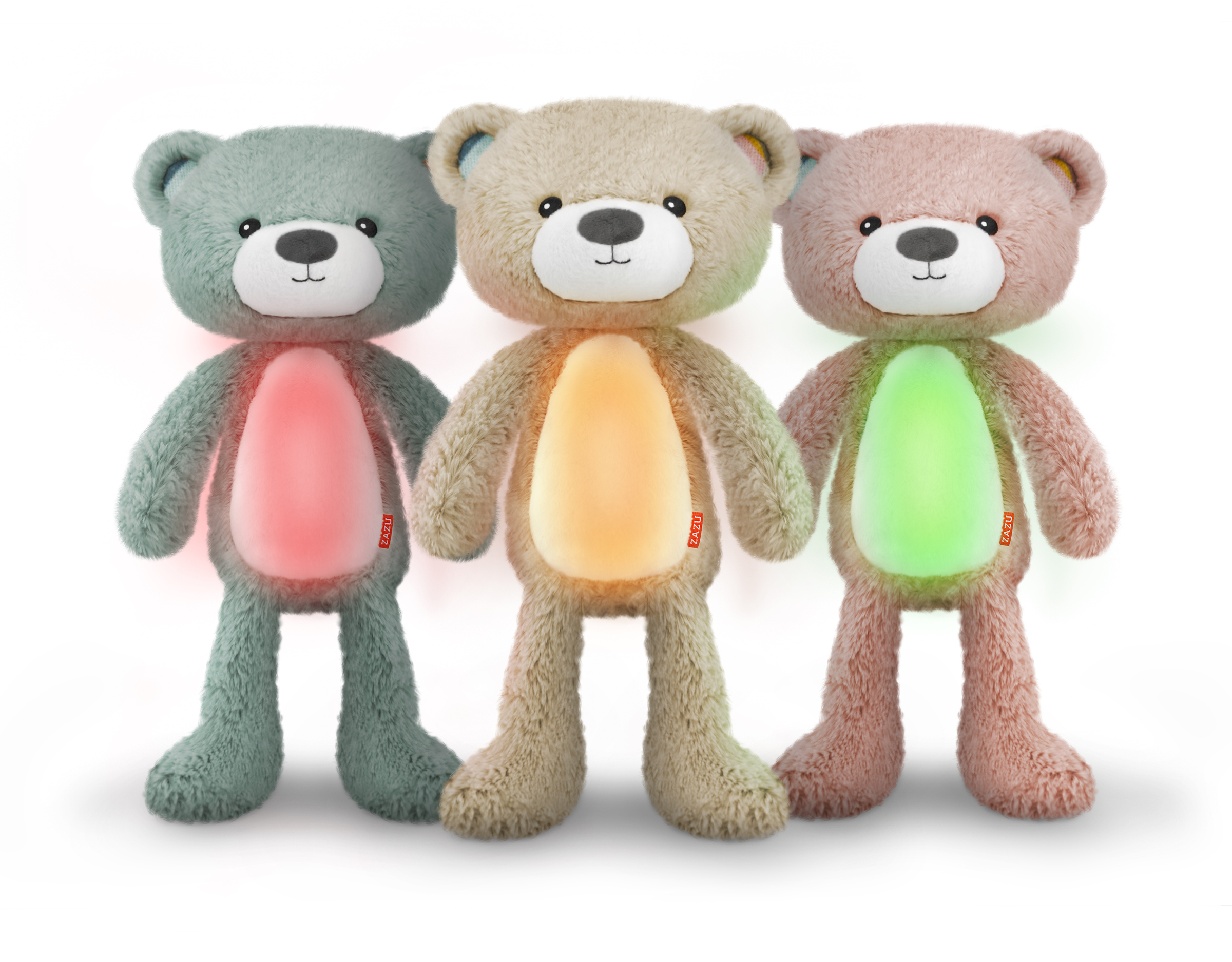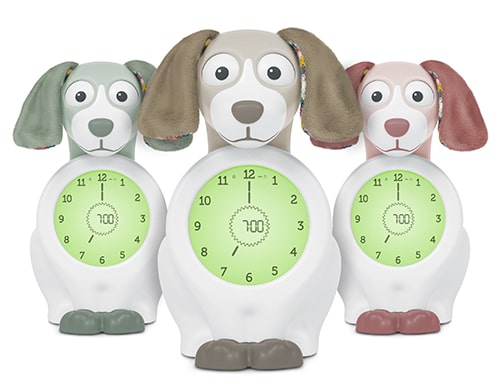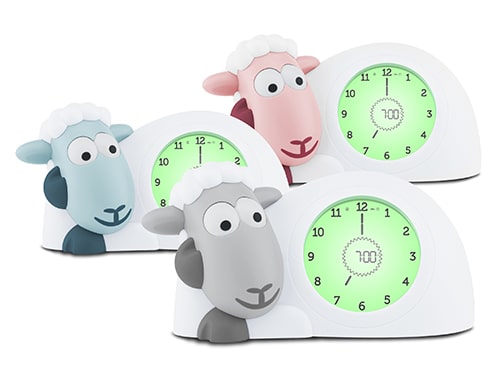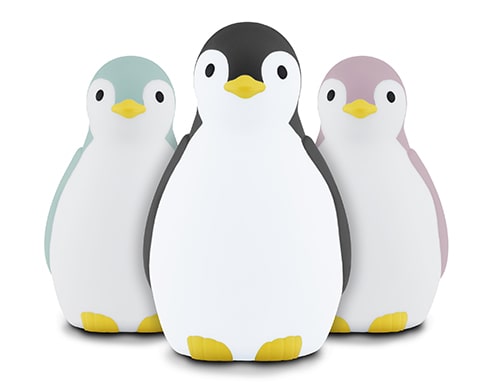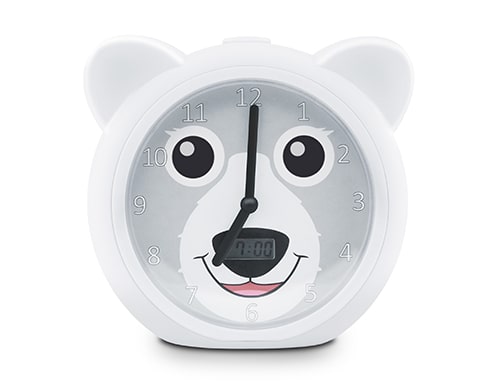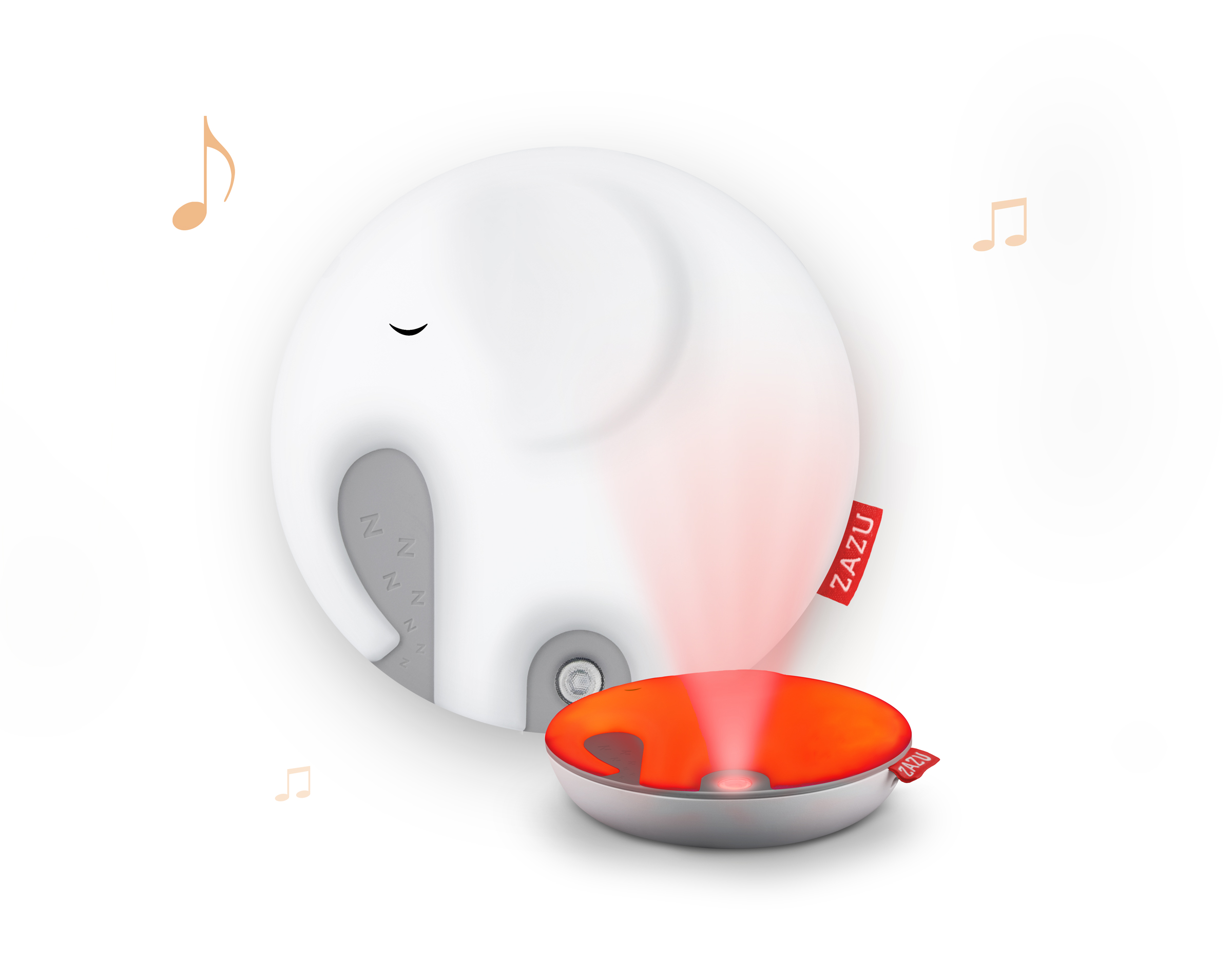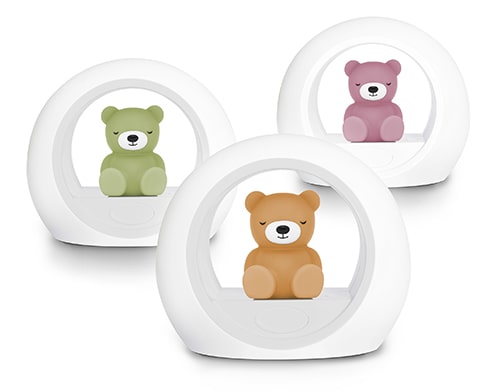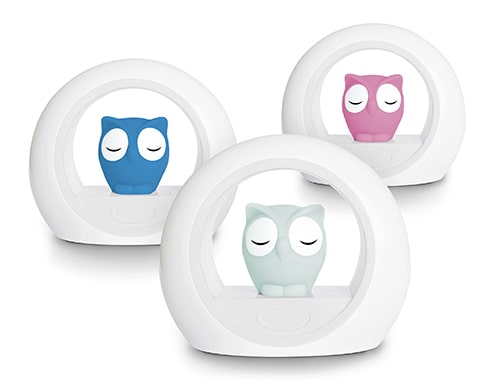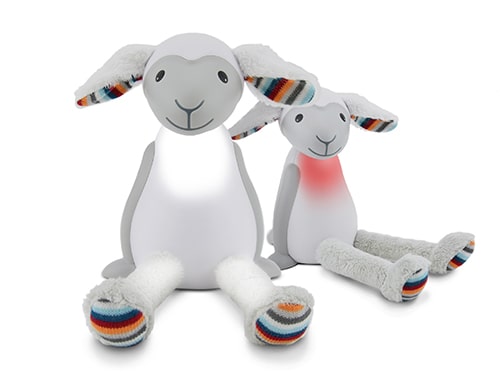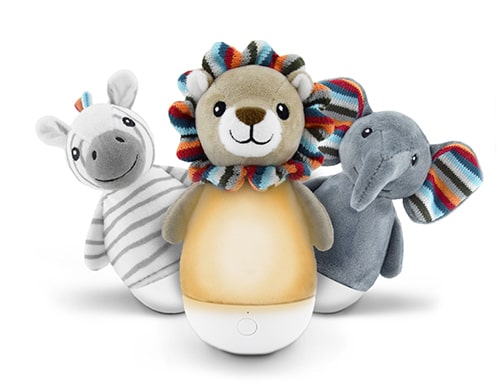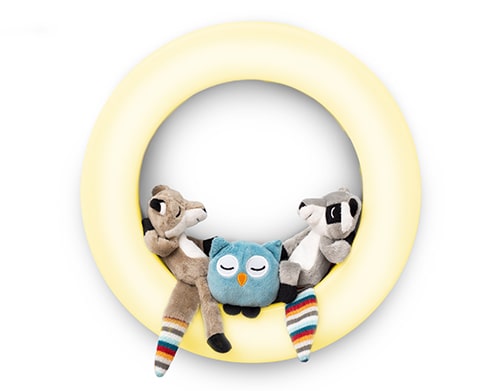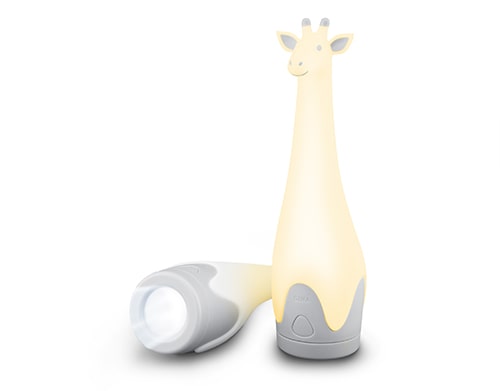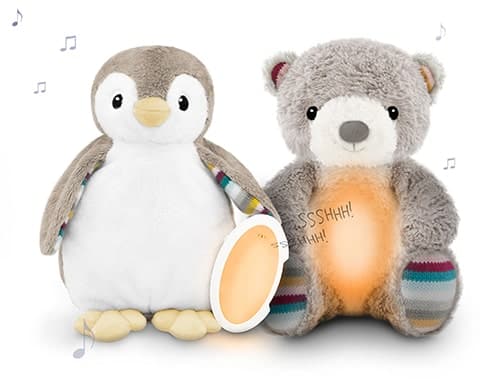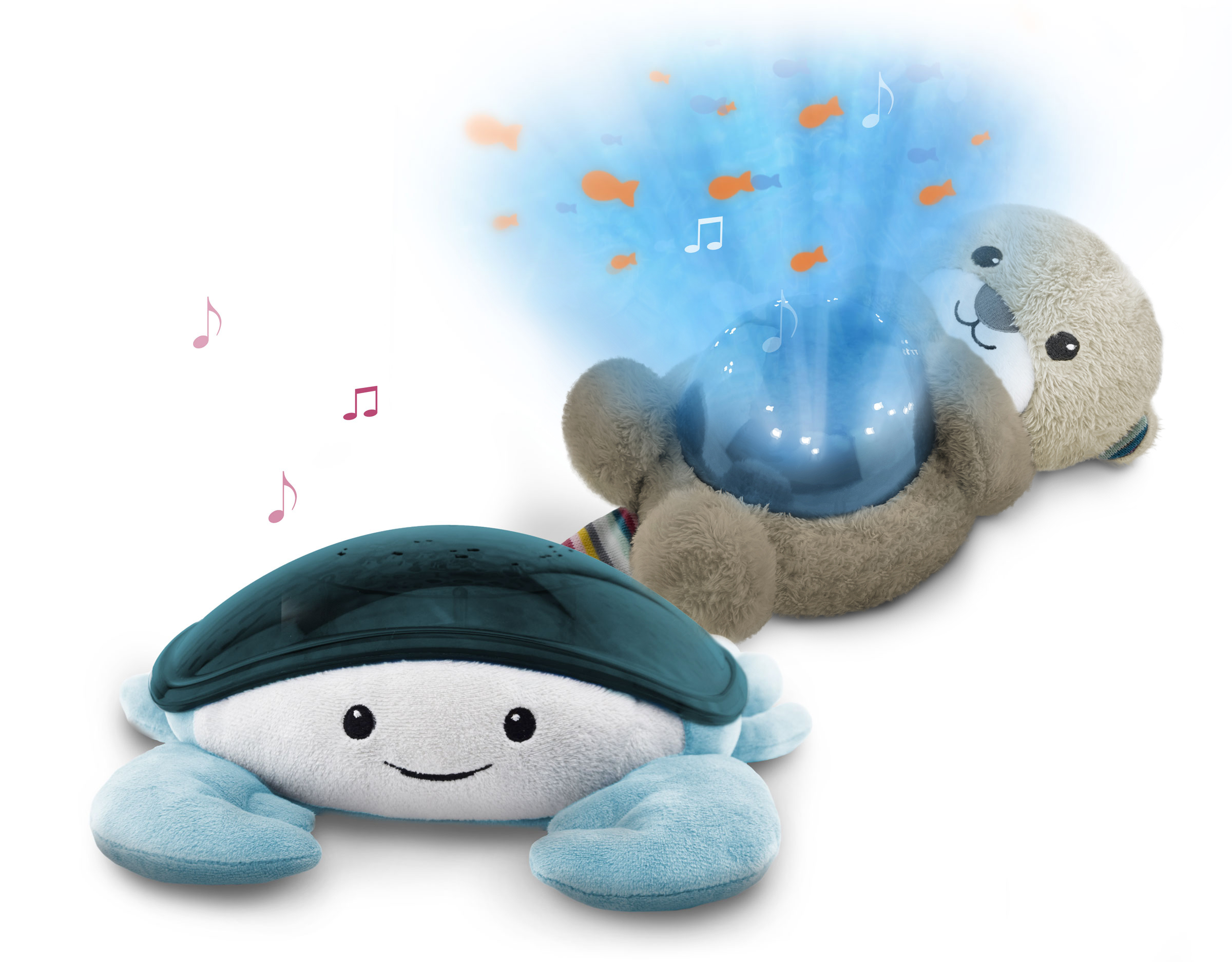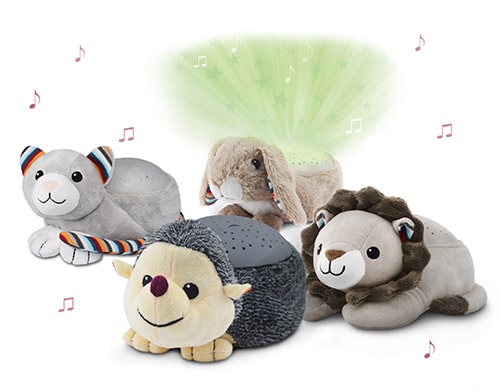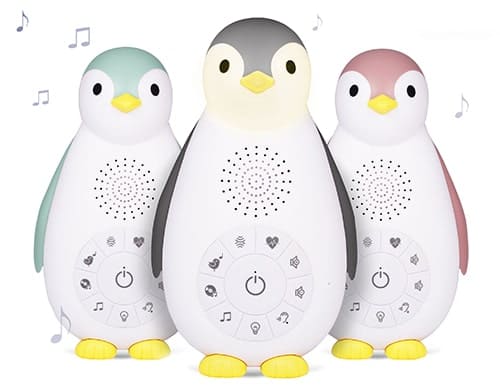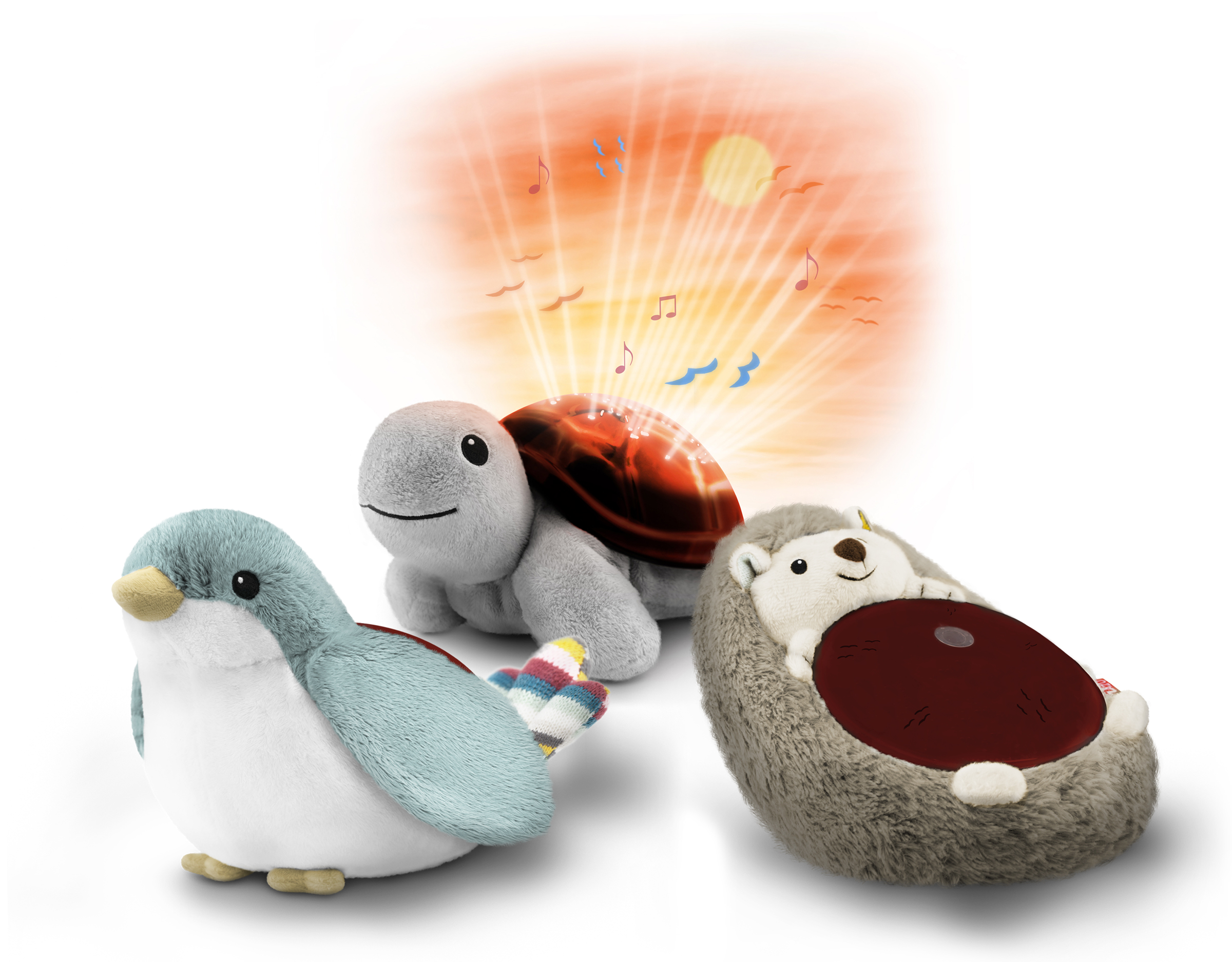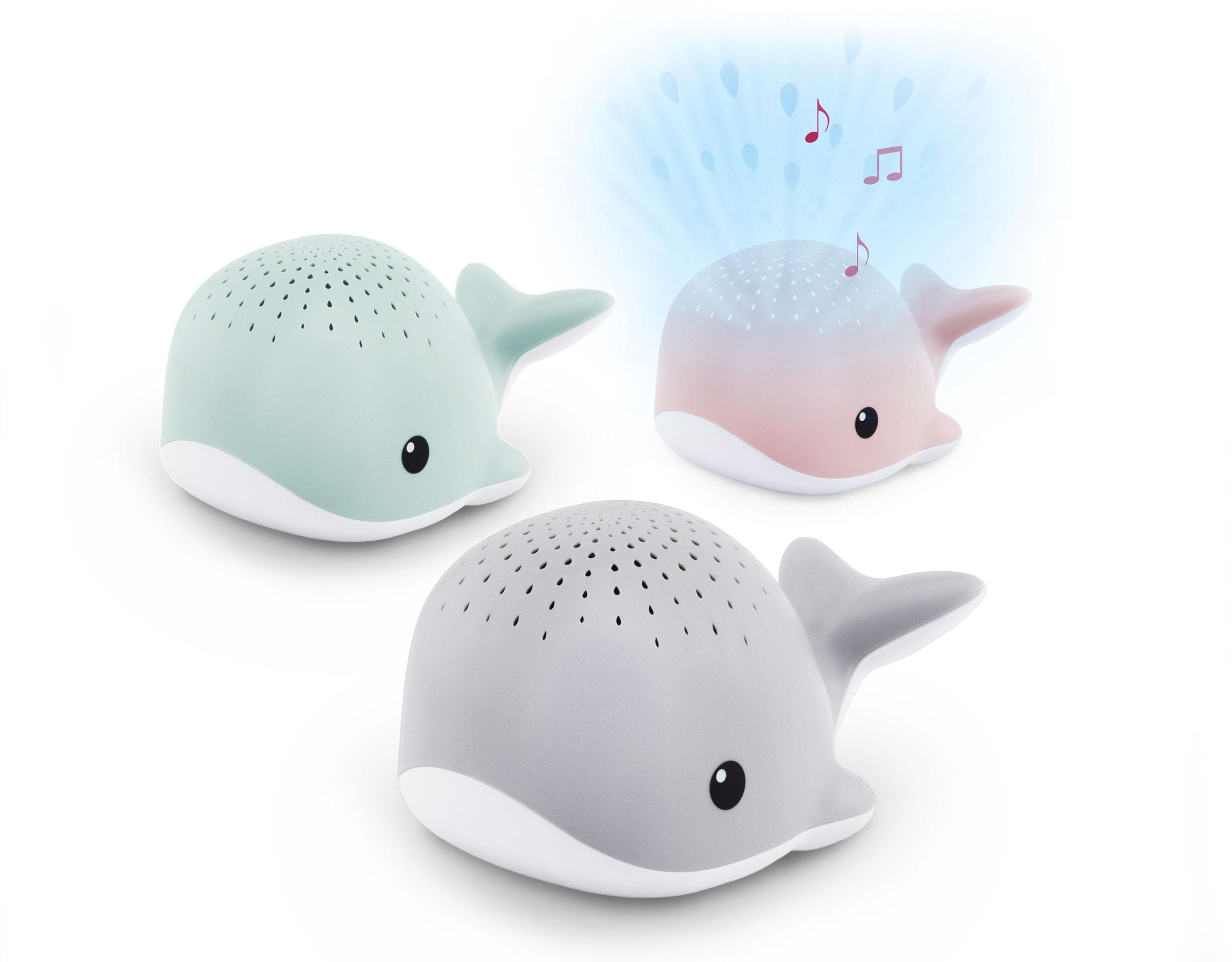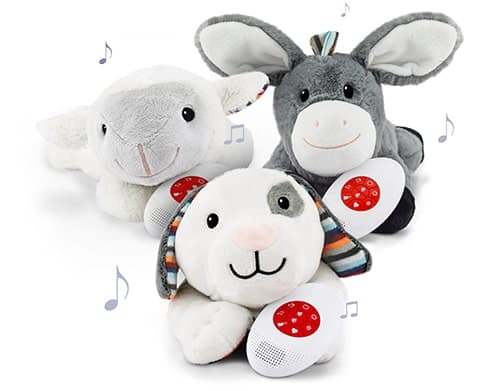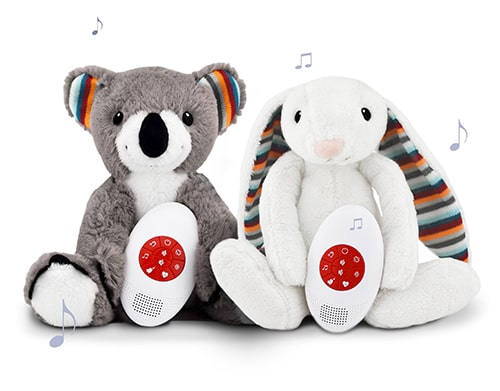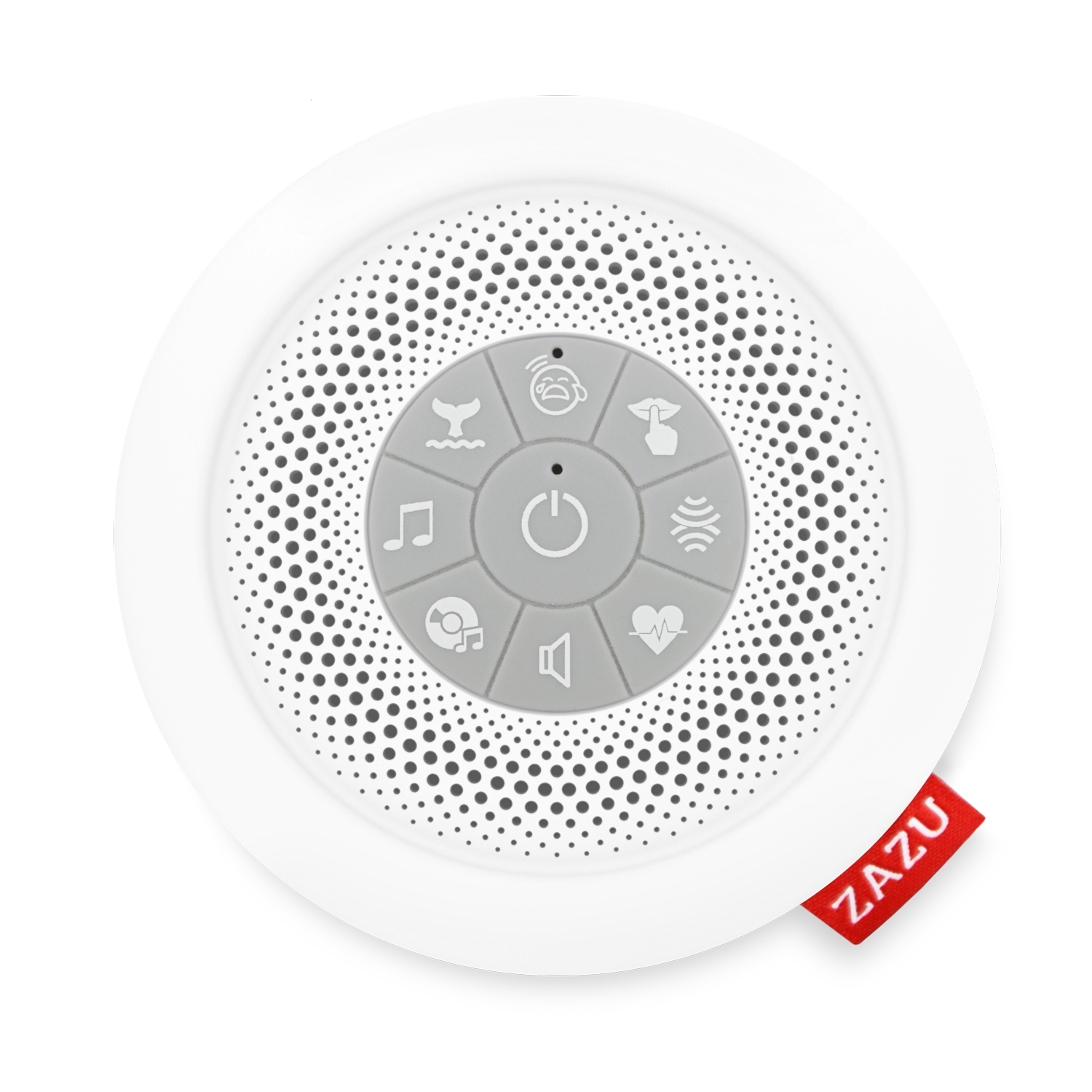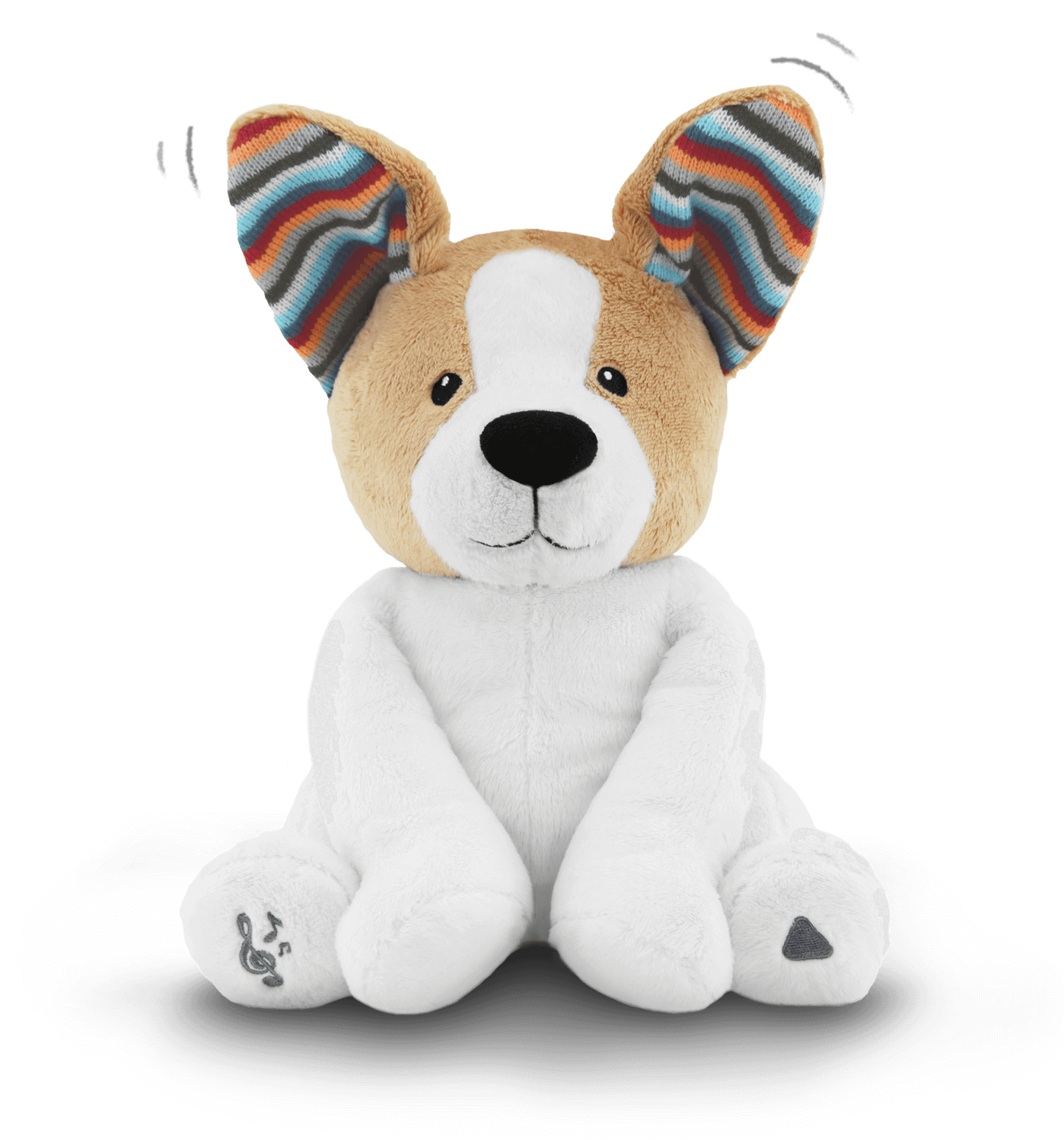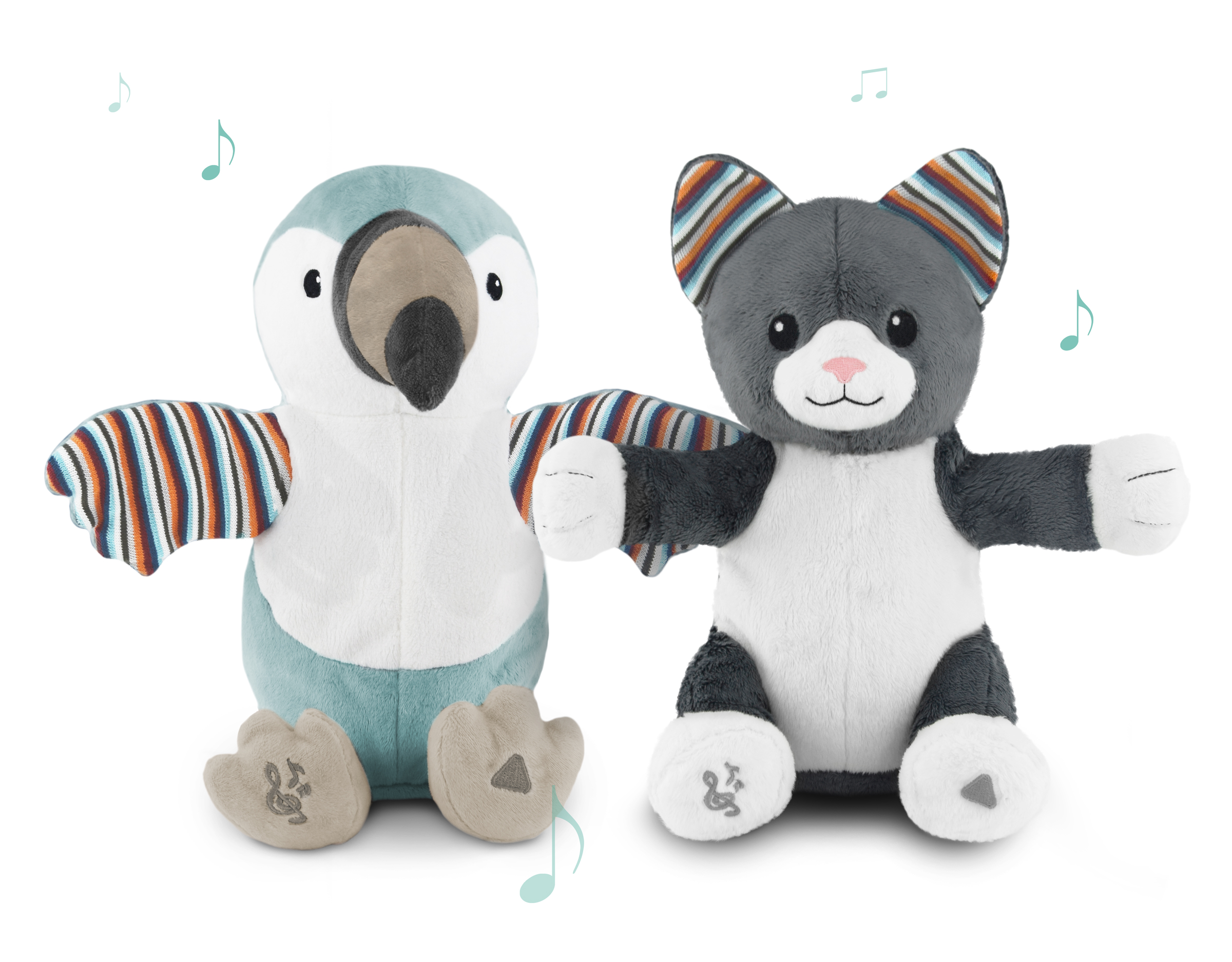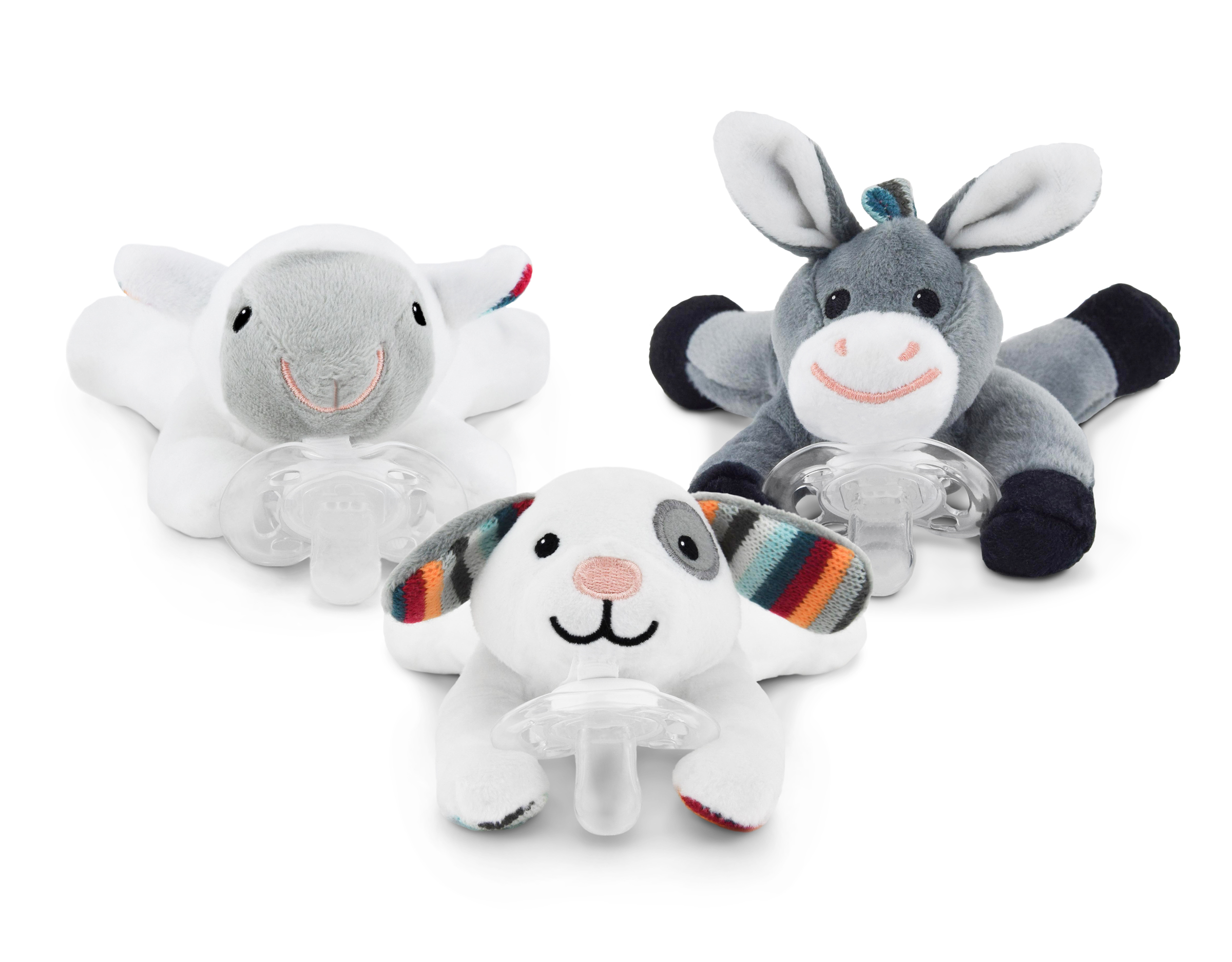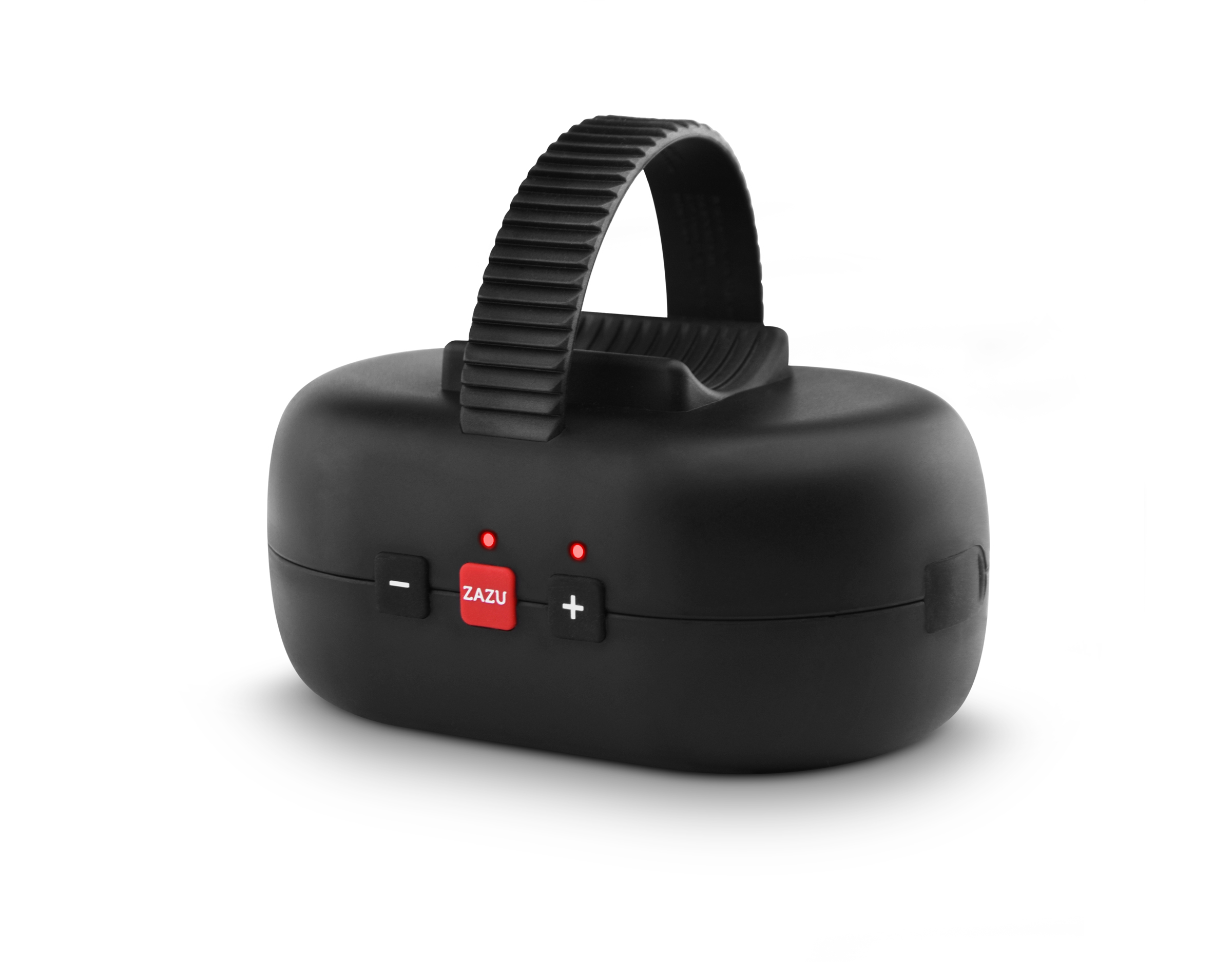By Joyce, mother, primary school teacher and guest blogger at Mama Scrapelle
Falling asleep faster with Cody the crab, an ocean projector
There are kids who have trouble falling asleep. There are also kids who wake up quite often. Especially for babies and younger children such nights without enough sleep could be terrible. ZAZU’s Cody the crab might come to the rescue! At least this ocean projector helped my daughter (a two-year old) who usually wakes up quite a lot during the night. And Cody also helped my friend Ellen’s daughter who tends to lie awake for mostly 30 minutes before falling asleep.
Transform your child’s room into a lifelike underwater world
Cody’s projector shows moving waves and swimming fish. The projection mimics a blue sea with orange fish on your ceiling, only looking at it makes you feel calm. Even my husband felt relaxed while lying on the couch and looking up towards the ceiling where a lifelike underwater world was unfolding.
Next to the projection, Cody could also play three different melodies: ocean sounds, heartbeat sound (perfect for babies!) and lullabies. You can select the melody and there is also an option to turn off the sound. Our son finds the ocean sound a little bit tense (he is highly sensitive) and prefers the lullabies. Whereas our daughter favors the heartbeat sound.
Cody’s three step sleep program
This crab has a sleep program which consists of three steps. Each step takes 10 minutes so in total 30 minutes until the sleep program stops (and hopefully by then your little one is asleep). Let me explain each step for you:
1. The first 10 minutes are designed to calm your child. You will see moving waves, lots of orange swimming fish and relaxing sounds of the ocean.
2. Between minutes 10 and 20, the projection tries to make your child sleepy. The waves are still moving, and the fish are still swimming, but the fish have lost their colors and in general the projection is less bright. The ocean sounds have been replaced by slow and hypnotizing bubble sounds.
3. The last 10 minutes are there to give the final push and send your child to dreamland. The waves are not moving anymore, and the brightness is at its lowest while the sound stops playing after 20 minutes. Good to know is that Cody shuts off automatically after 30 minutes.
The steps are portrayed in the image below.
My friend’s daughter was very sad when Cody stopped after 30 minutes: ‘I really did not touch the crab but there is no more projection or sound’. My suggestion to avoid such a shock reaction would be to say to your child: ‘don’t be scared when Cody turns off automatically, it means it’s really bedtime!’
Cry sensor
Personally, this feature makes me very happy. When your child starts crying or talking, Cody turns on again. This could mean that your little one falls asleep again by him or herself (this happens with our daughter). The moment she starts yelling for mama and/or papa, Cody turns on and she stops and a little later she falls back asleep! If this is something you do not want because you prefer to sooth your little one yourself, you could easily disable the cry sensor.
Cody is not just for babies
You can start using this crab from the moment your child is born. Predominantly parents with newborns are using Cody. However, I notice that older children and even adults appreciate Cody’s features.
My husband enjoys watching the moving waves and swimming fish. My highly sensitive son (6 years old) is more relaxed when looking at slowly moving images on the ceiling. As a result, he falls asleep having a better state of mind. Both my daughter as Ellen’s daughter enjoy Cody. My daughter sleeps in with Cody and her friend says: ‘Cody makes me fall asleep quicker, the moving projection is fun to watch, and the melodies are relaxed. Especially the lullabies and the ocean sounds! The heartbeat sound kept playing in my head and therefore I liked it less.’

Love,
Jocye
Written by Joyce. Mother of two, primary school teacher and guest blogger at Mama Scrapelle
Disclaimer: All thoughts and opinions are mine and are not influenced by ZAZU Kids





